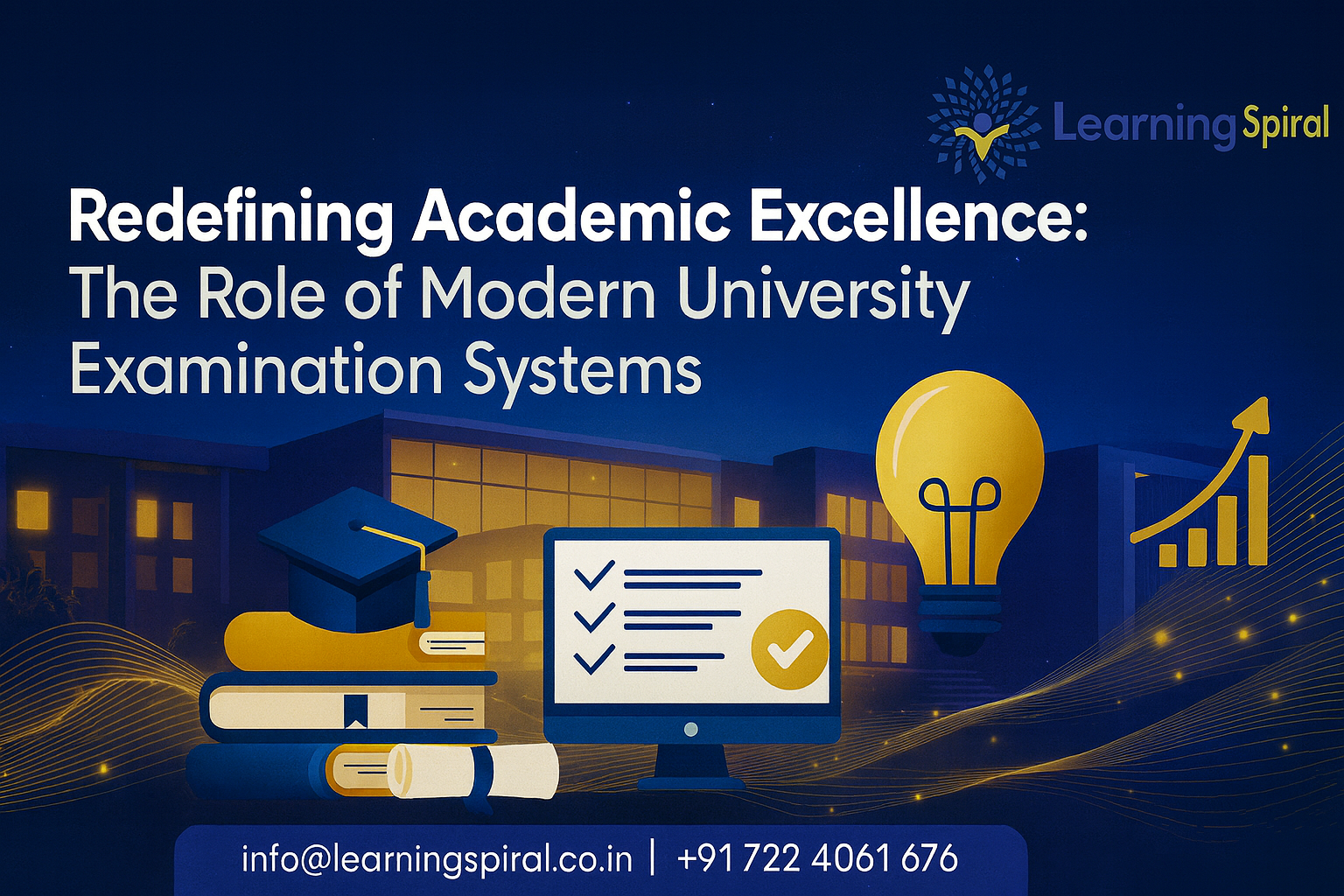
The Case for Modern Examination Systems
Institutions must deliver fair, auditable exams at scale—often across dispersed campuses and hybrid modes. A modern Online Examination System unifies planning, delivery, and evaluation to reduce risk and improve outcomes.
Key Benefits
-
Integrity by design: Secure logins, item randomization, and proctoring protect credibility.
-
Operational efficiency: Streamlined Pre Examination Processing and Post Examination Processing cut manual work and logistics.
-
Faster results: Automated scoring and Digital Evaluation compress turnaround time from weeks to days.
-
Data for decisions: Analytics expose item quality, marker consistency, and candidate performance.
-
Equity & access: Remote availability and configurable accommodations support diverse learners.
Core Components of a Modern Stack
1) Pre Examination Processing
-
Candidate registration, identity verification, and seat/slot allocation
-
Question Bank Management with authoring workflows, blueprinting, tagging, and version control
-
Approval gates and publishable exam communications
2) Delivery & Proctoring
-
Secure browsers, MFA, and role-based permissions
-
Timed navigation, section randomization, calculator/notes policies
-
Live/AI proctoring, evidence logs, and incident workflows
3) Evaluation & Results
-
On-Screen Marking for descriptive responses with rubrics, annotations, moderation, and blind rechecks
-
Hybrid On Screen Evaluation System using Scanning of Answer Sheets / Answer Booklet Scanning when paper persists
-
Automated scoring for objective items; unified Examination Processing for result compilation, review, and publishing
Many universities adopt a hybrid path—online or center-based delivery plus On-Screen Marking System for long answers captured via scanning—gaining speed and auditability without losing academic depth.
Implementation Challenges (and Practical Mitigations)
-
Change management: Train faculty, codify SOPs, and run pilot cohorts to build confidence.
-
Infrastructure variance: Support low-bandwidth modes, offline-safe test players, and device checks.
-
Item quality & security: Enforce peer review, blueprint alignment, and encrypted item banks with granular access.
-
Academic integrity: Combine strong identity checks with proctoring analytics and randomized item pools.
-
Scale & uptime: Use cloud auto-scaling and content delivery networks for peak exam windows.
Learning Spiral helps institutions operationalize these controls with audit-ready reporting, configurable workflows, and integrations that reduce busywork while improving compliance.
What’s Next: Trends to Watch
-
Adaptive testing: Shorter exams with higher measurement precision.
-
Reliability analytics: IRT dashboards, marker reliability indices, and anomaly detection.
-
Multimodal assessment: Structured rubrics for code, media, and simulations in On Screen Evaluation.
-
Interoperability: Open APIs to the University Management System and LMS for seamless data flow.
-
Accessibility by default: Read-aloud, variable fonts, extended timing, and inclusive design policies.
A Practical Adoption Roadmap
-
Set policy & goals: Define integrity, accessibility, and data-retention standards.
-
Map the current state: Identify quick wins across Pre and Post Examination Processing.
-
Pilot & measure: Start with 1–2 departments; benchmark turnaround times and integrity incidents.
-
Formalize governance: SOPs for item authoring, invigilation, moderation, and grievance handling.
-
Integrate & scale: Connect exam data to admissions, finance, results, and transcripts for a unified experience.
Ready to modernize assessments with a secure, scalable Online Exam Solution? Explore Learning Spiral’s full range of exam solutions or request a demo to see the platform in action.




